The Uncertainty Principle
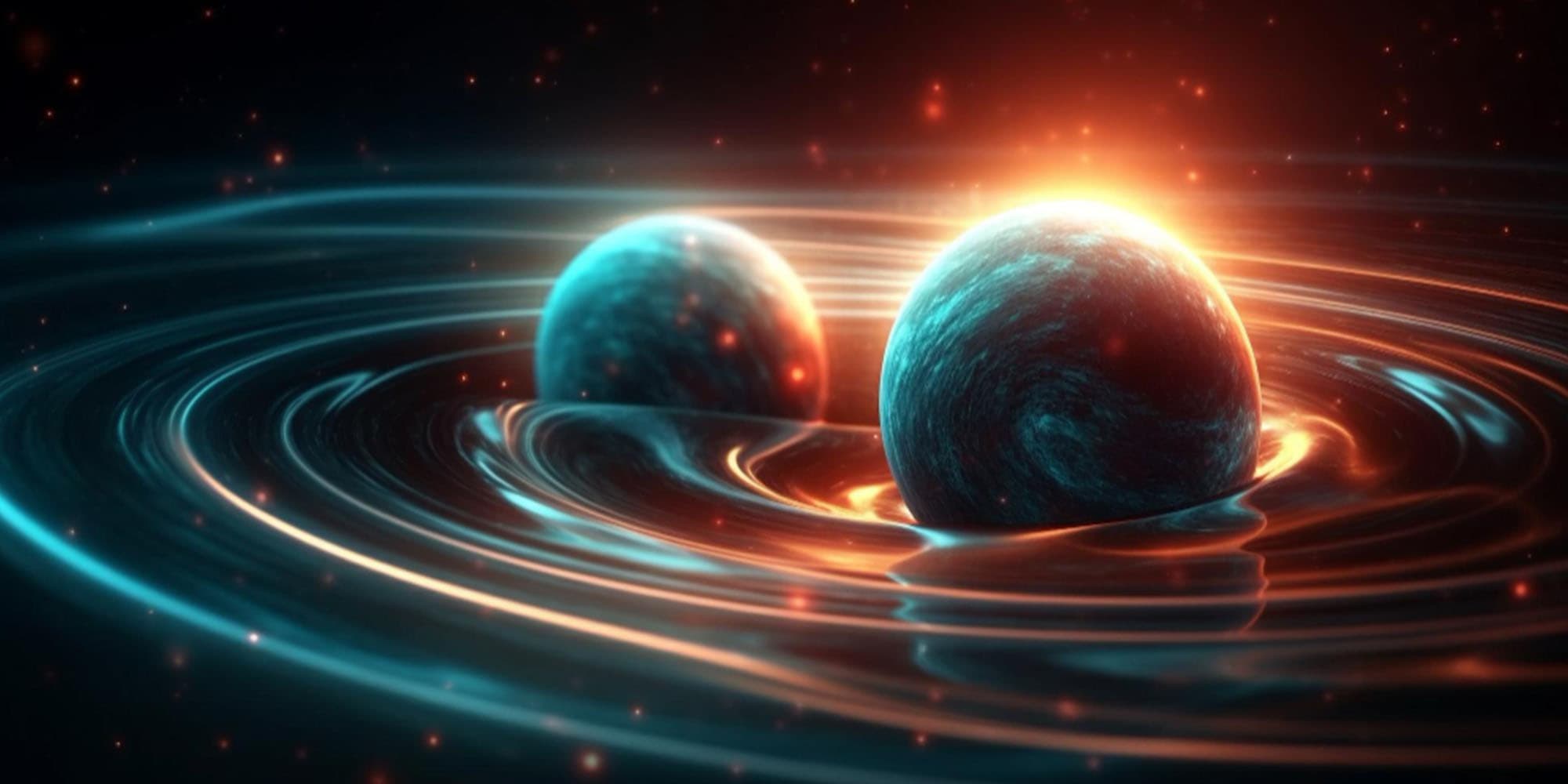
In the quantum world, the more you know, the less certain you can be!
This is what this principle is all about.
Proposed by Werner Karl Heisenberg in 1927, it states that we cannot determine both the position (x) and momentum (p) of a particle simultaneously.
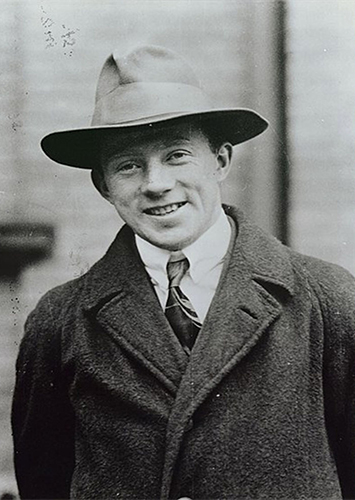 Werner Karl Heisenberg in 1927 - Image from Wikimedia Commons
Werner Karl Heisenberg in 1927 - Image from Wikimedia Commons
The more precisely the position is determined, the less precisely the momentum is known, and vice versa.
Is this due to the observer?
My first thought was that “obviously” a property may change during measurement.
For example, the tools or methods used during measurement of a property, by the observer, may somehow disturb the system, and cause a change to the property being measured.
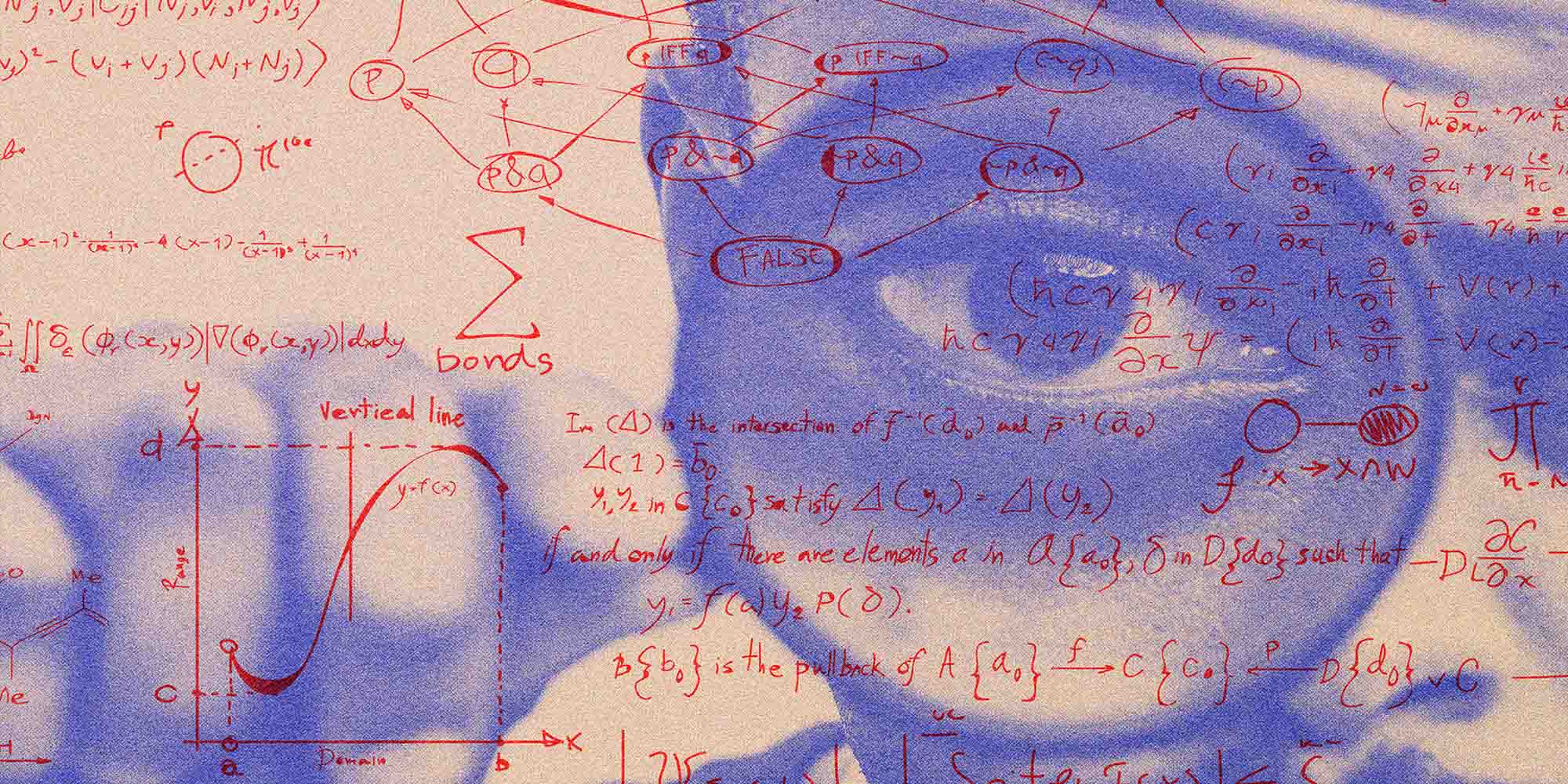 Observation - Image by rawpixel.com on Freepik
Observation - Image by rawpixel.com on Freepik
But Heisenberg’s uncertainty principle is not about that.
That would relate to the Observer effect (where the act of measurement may change the measured results of the experiment).
What is the uncertainty principle about?
This principle is about the uncertainty found in the quantum world!
 Image by Chandra X-ray Observatory Center - NASA
Image by Chandra X-ray Observatory Center - NASA
It suggests that even in the absence of any disturbance and regardless of the observer, it is not possible to precisely determine the position and momentum of an electron simultaneously.
The more accurately we measure the position of an electron, the more uncertain its momentum becomes.
There are limits to what we can know, not because of our tools or methods, but because of the very nature of the universe itself.
Fascinating! And confusing.
Why is this so?
This is due to the inherent nature of the electron.
All quantum objects, such as the atom, protons, and electrons, display both wave and particle nature at the same time.
This is known as the wave-particle duality.
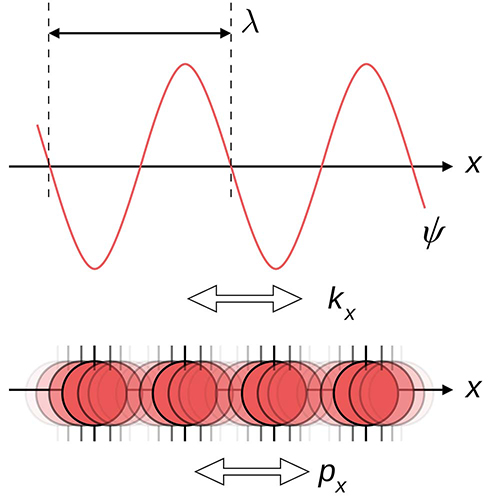 Wave particle duality - Image from Wikimedia Commons
Wave particle duality - Image from Wikimedia Commons
In essence, the uncertainty principle is a direct consequence of the wave-particle duality.
What is Wave-Particle Duality?
“We have two contradictory pictures of reality”, as Einstein wrote.
“Separately neither of them fully explains the phenomena of light, but together they do.”
This captures the essence of wave-particle duality.
In accordance with the wave-particle duality theory, waves can exhibit particle-like properties while particles can exhibit wave-like properties.
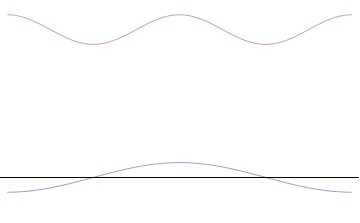 Waves shown for illustrative purposes - Image from Wikimedia Commons
Waves shown for illustrative purposes - Image from Wikimedia Commons
But these two types of behaviour contradict one another!
A particle is localized to a specific region in space and cannot exist in two places simultaneously.
In contrast, a wave is distributed and can span multiple distinct areas at the same time.
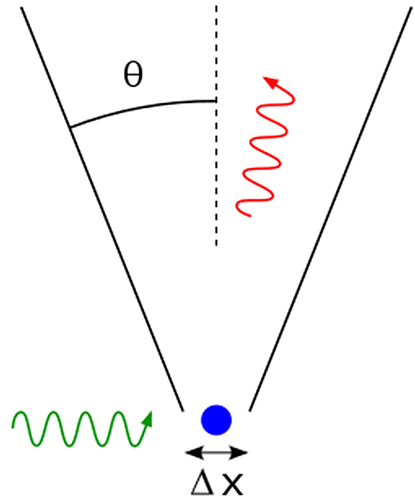 Heisenberg gamma ray microscope - Image from Wikimedia Commons
Heisenberg gamma ray microscope - Image from Wikimedia Commons
So, are they waves or particles?
Well, they're a bit of both!
They possess both wave-like and particle-like properties simultaneously.
Sometimes, quantum entities behave like waves, spreading out and overlapping with each other.
Other times, they act like particles, staying in one place or moving in a straight line.
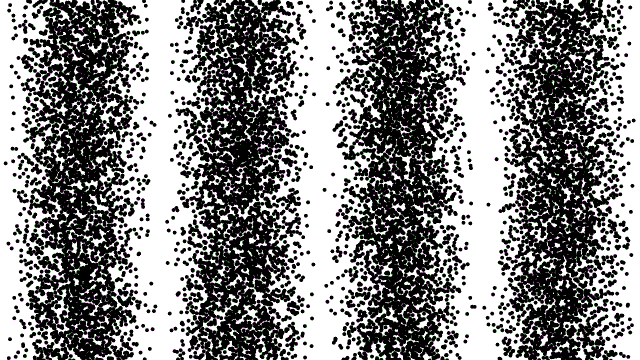 Particle impacts make visible the interference pattern of waves - Image from Wikimedia Commons
Particle impacts make visible the interference pattern of waves - Image from Wikimedia Commons
Why can't they decide?
That's the mystery of the quantum world!
The manifestation of these properties depends on the experimental conditions, or the measurement being made.
For example, in a metal conductor, when we observe the flow of electrons as an electric current, their particle-like properties are more evident.
However, when the same electrons encounter a scenario like the double-slit experiment, their wave-like properties become more obvious, as evidenced by the interference pattern they produce.
So, different experimental setups highlight different aspects of its inherent dual nature.
Double-slit experiment?
This experiment revealed the wave-like behaviour of light.
 Dispersion of light - Image from Wikimedia Commons
Dispersion of light - Image from Wikimedia Commons
Initiated by Thomas Young in 1801, the double-slit experiment was designed to explore the nature of light.
In this setup, a coherent light source, like a laser, shines on a barrier with two parallel slits.
The light then projects onto a screen behind the barrier.
Due to light's wave-like properties, an interference pattern forms on the screen, characterized by alternating bright and dark bands.
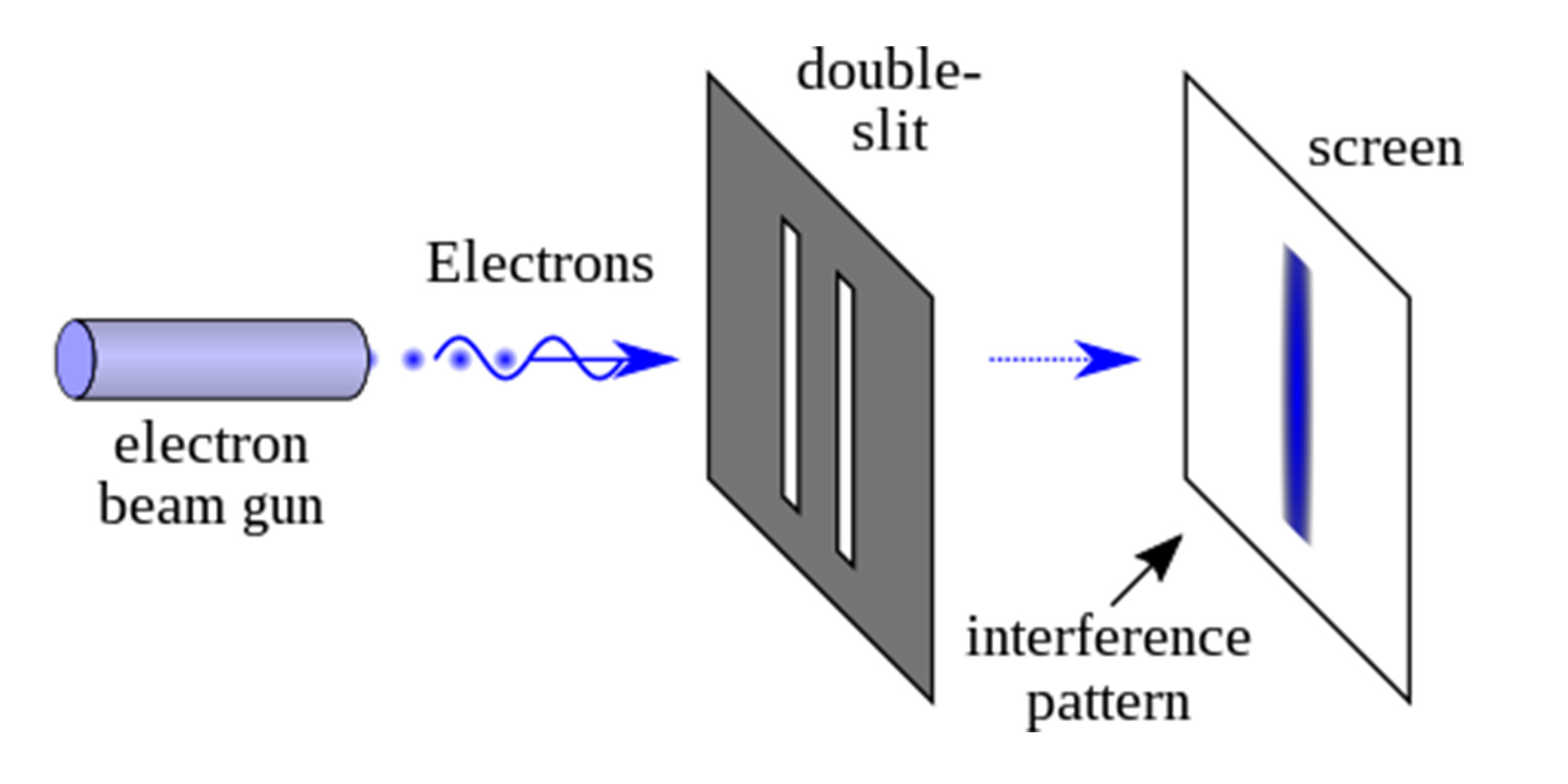 Illustration of double slit experiment - Image from Wikimedia Commons
Illustration of double slit experiment - Image from Wikimedia Commons
This interference pattern contradicts the behaviour of classical particles, confirming the wave nature of light.
Does this affect objects with mass?
All objects with mass have wave properties.
However, as stated by Louis de Broglie in 1923, their wavelengths would be so small that they would only matter at the atomic level.
Does this only work with light?
No, the principles of the double-slit experiment apply to all quantum objects.
When the experiment is conducted with quantum entities without any observation of which slit they pass through, an interference pattern similar to that of light appears. This is indicative of wave-like behaviour.
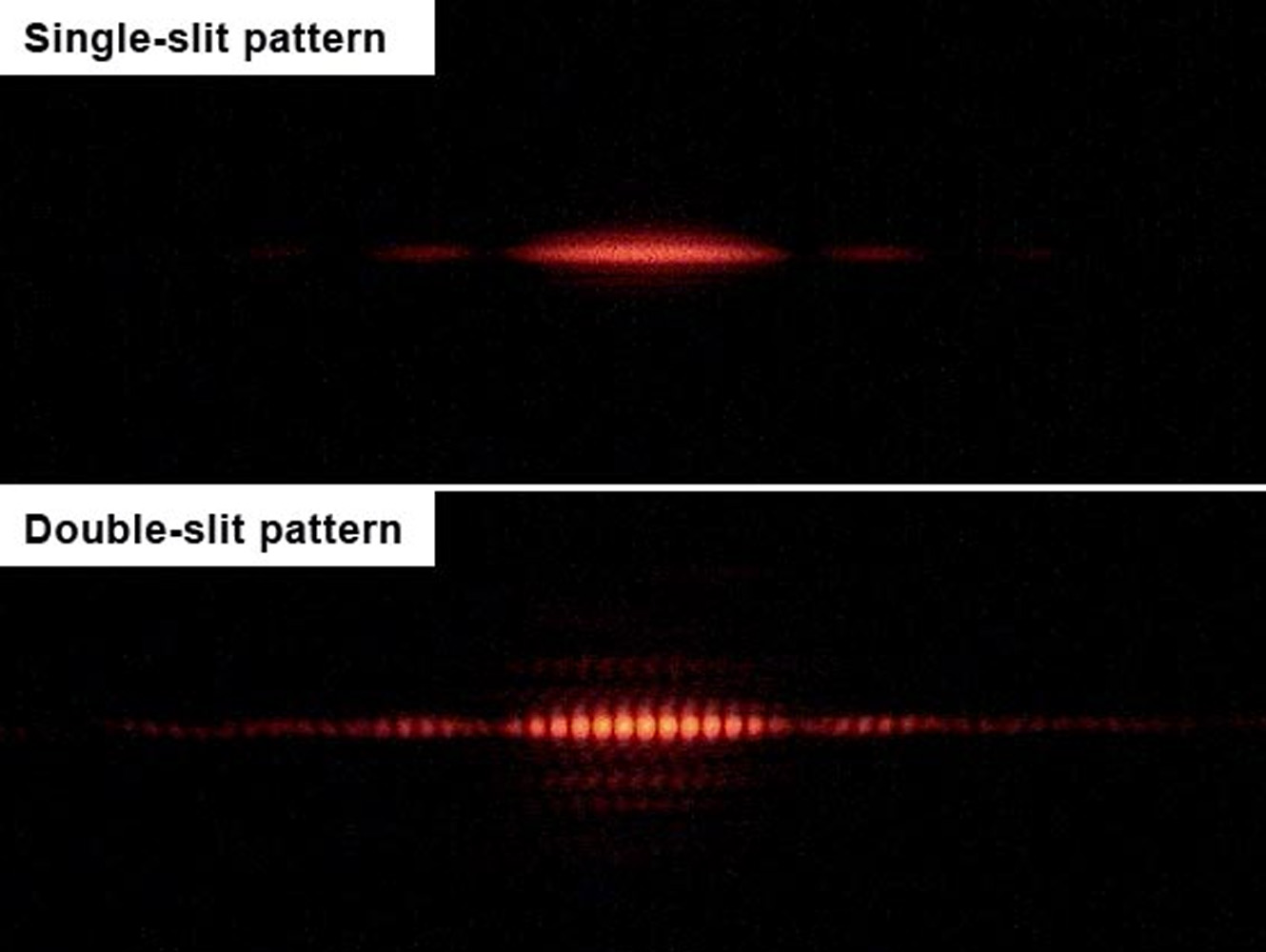 Results of double slit experiment - Image from Wikimedia Commons
Results of double slit experiment - Image from Wikimedia Commons
However, when one attempts to determine through which slit the quantum object passes, the interference pattern disappears, replaced by discrete particle-like impacts on the screen.
This change in behaviour upon observation reveals the wave-particle duality inherent in quantum objects.
It also demonstrates that the act of observation affects the outcome.
What does this mean?
As Heisenberg stated in 1927, the “path” (of a particle) comes into being only because we observe it.
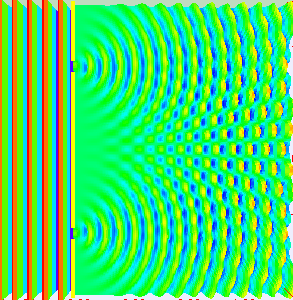 Two slits diffraction pattern by a plane wave - Image from Wikimedia Commons
Two slits diffraction pattern by a plane wave - Image from Wikimedia Commons
In his view, a measurement does not only serve to give meaning to a quantity, it creates a particular value for this quantity.
So, in the quantum world, observation doesn't merely reveal reality; it actively shapes it.
In my view, it seems that quantum objects create their own reality!
They are what they desire to be at any given time.
Can we create our own reality?
Since these tiny “things” are the building blocks of everything, including us and everything we see around us, it makes me think that, in some way, we could also create our own reality with the power of our desire…
Just like quantum objects seem to be doing (in my view)!
This theory is another reminder of how little we know about us and our gift to create!
Uncertainty principle in practice
The principle is often expressed mathematically as:
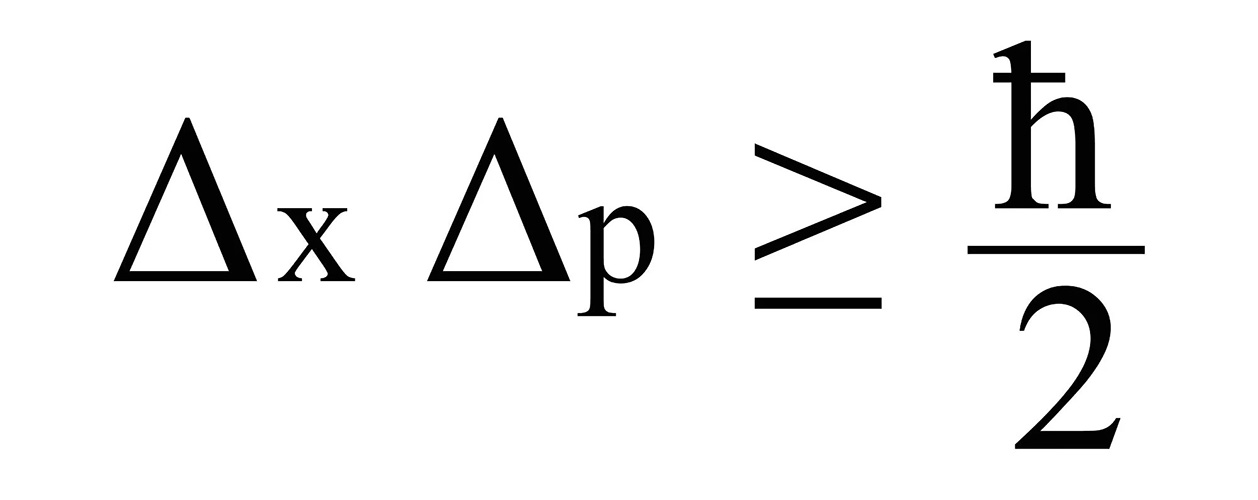
Where:
- Δx is the uncertainty in position
- Δp is the uncertainty in momentum
- ℏ is the reduced Planck constant
So, the uncertainty in position (Δx) multiplied by the uncertainty in momentum (Δp) is always greater than or equal to a fraction of the Planck constant (ℏ).
For now, I won’t go into what is Planck constant. I’ll just keep in mind that the Planck constant appears in this relation because it's the fundamental constant that sets the scale for quantum effects.
What this equation shows is that, if we try to measure the position of a quantum particle with high precision (making Δx very small), the uncertainty in its momentum (Δp) must increase, and vice versa.
So, it's impossible to know both the exact position and exact momentum of a quantum particle at the same time.
 Uncertainty principle - Image from Wikimedia Commons
Uncertainty principle - Image from Wikimedia Commons
Position x and momentum p wavefunctions corresponding to quantum particles. – Image by Wikimedia Commons
This highlights the limitations of our ability to simultaneously know certain pairs of properties of quantum objects with absolute precision.
Uncertainty principle in a nutshell
The uncertainty principle confirms the beauty of the quantum world, where reality depends on observation (or perception?).
 Reality depends on observation - Image from freepik
Reality depends on observation - Image from freepik
In summary, due to wave-particle duality, certain pairs in the quantum world cannot be measured precisely simultaneously.
Wave-particle duality allows quantum entities to manifest both as wave-like and particle-like behaviours, even though these behaviours seem contradicting in classical physics.
So, there is an element of uncertainty that is fundamental to the nature of quantum objects.
The nature of the measurement is what determines which characteristic is observed.
So, my key take away is, have an open mind, explore, and don’t assume that everything can be conclusively defined with measurement.